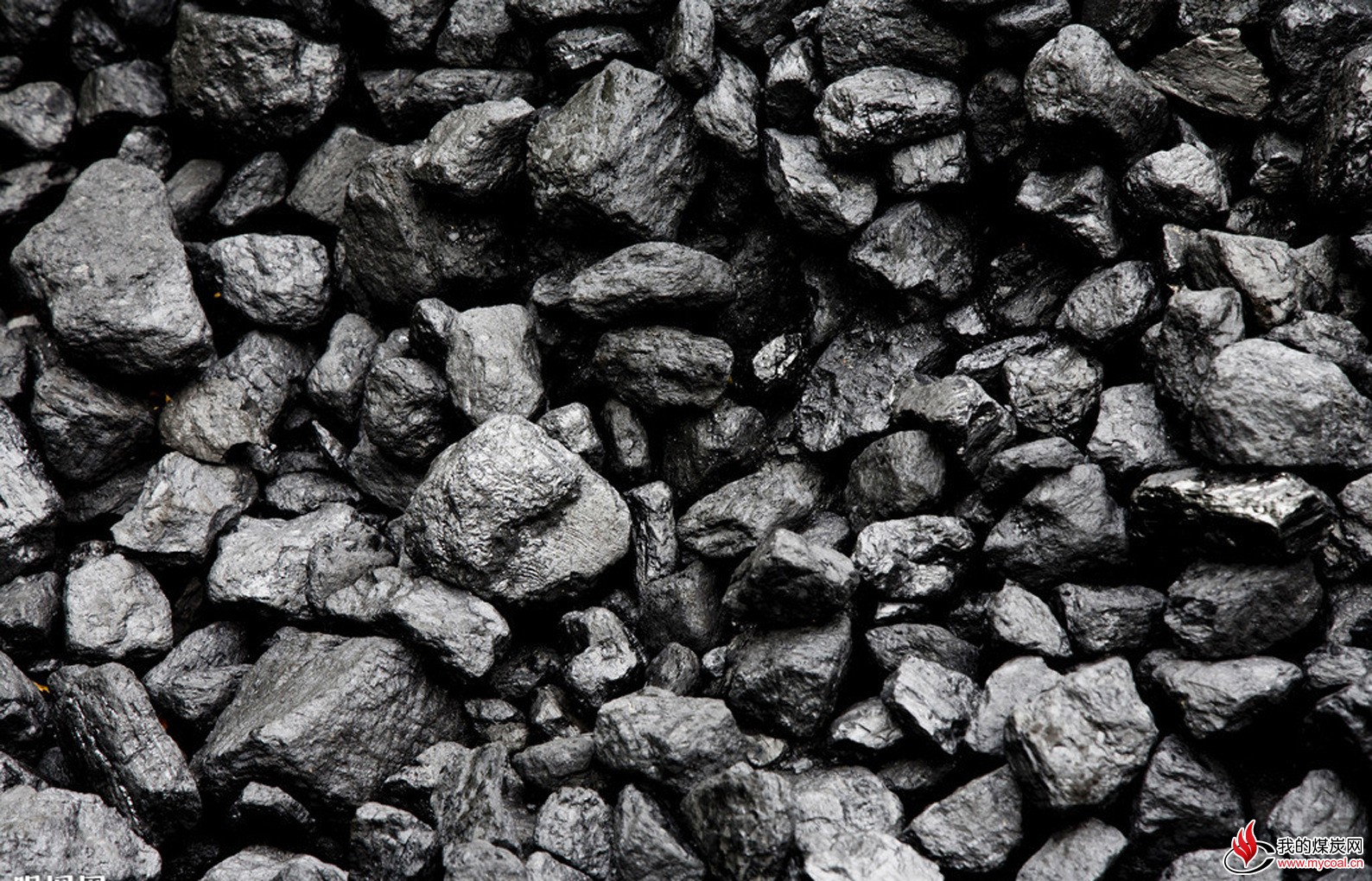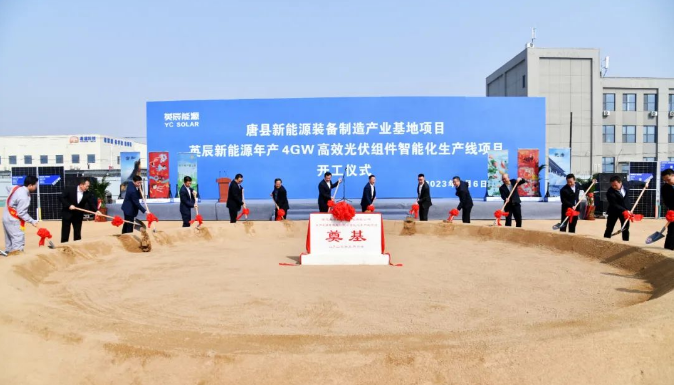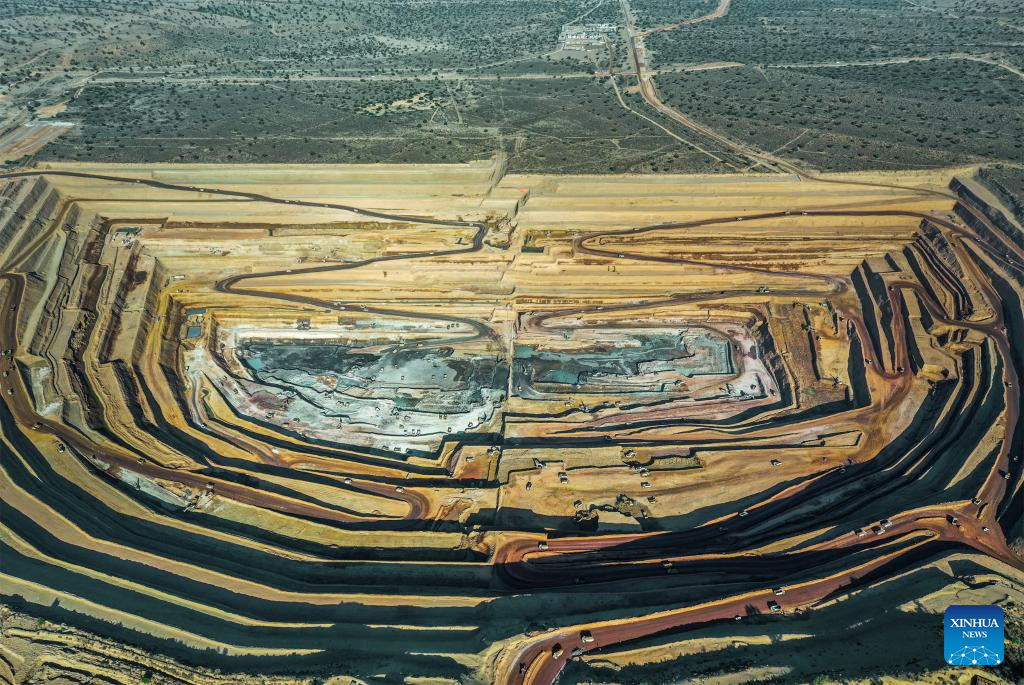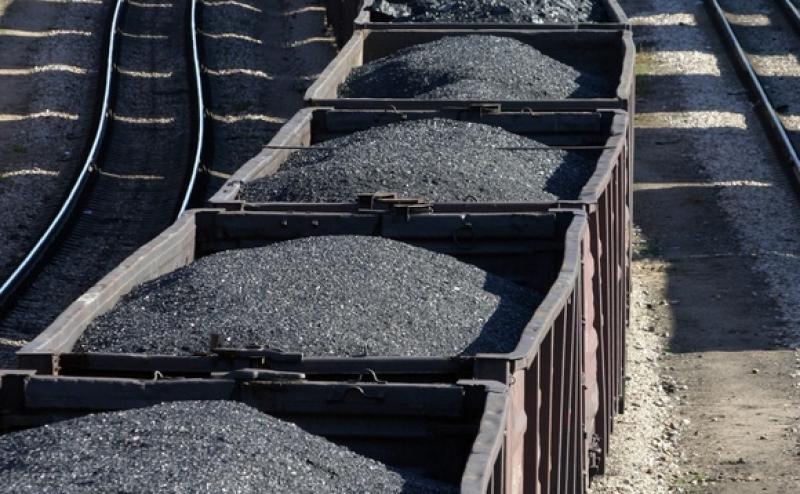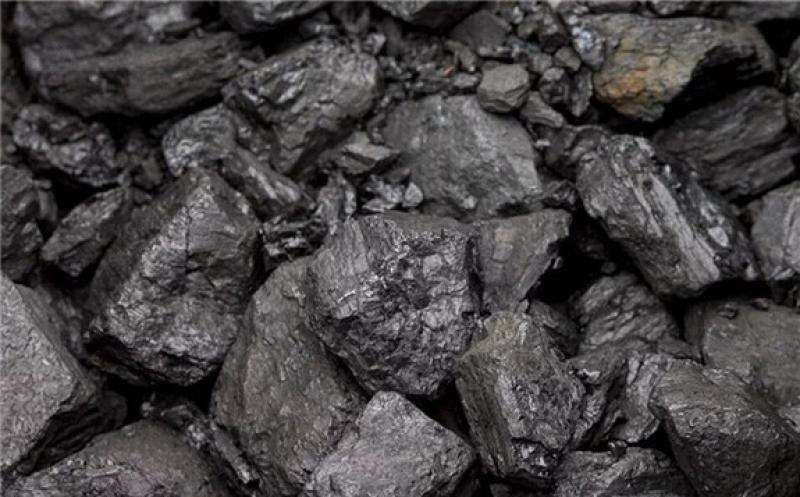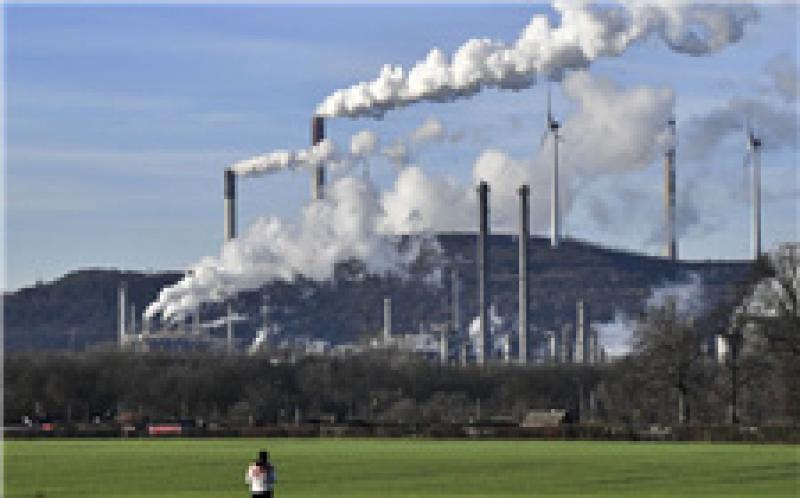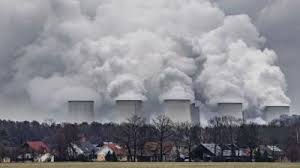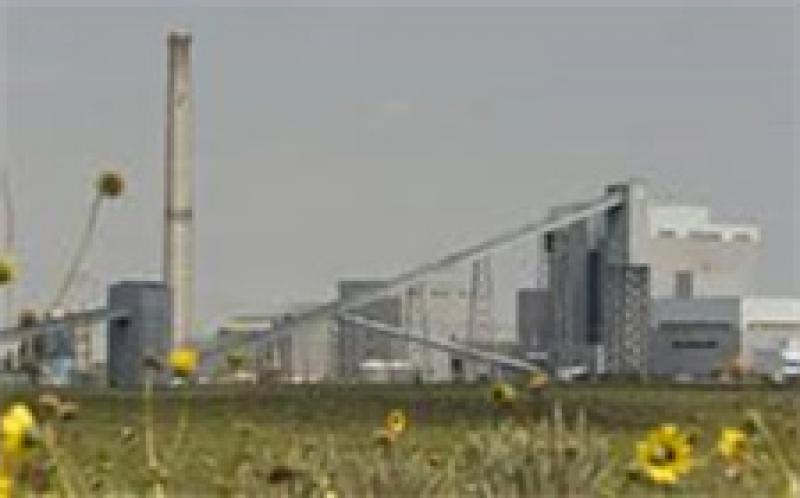But the former executive director of the International Energy Agency believes Canada has an opportunity to get more projects launched, providing LNG to the world and helping displace coal and other higher-emitting sources of greenhouse gases.
During a visit to Calgary, Maria van der Hoeven dismissed concerns the country has missed out while the United States has expanded rapidly in the sector, poised to become the world’s largest LNG exporter by 2024.
“Listen, don’t play (the) victim … because you have got something to offer,” the former Dutch politician told the local audience Tuesday.
“You have a very good reputation and I think in quite a few countries in Asia, it will be important, not only where the gas comes from, what the price is, but how it is being produced as well.”
The message is a good reminder Canada can play a role providing natural gas to other countries as global energy demand grows.
It’s not only industry leaders and provincial officials trying to hammer home the point that LNG can lower greenhouse gas emissions in other parts of the world by displacing coal used to generate electricity.
According to the IEA’s new World Energy Outlook report, coal-to-gas switching can offer “quick wins” for reducing global emissions. Natural gas generates half of the carbon dioxide emissions, on average, than burning coal for electricity, the study said.
“There is a window of opportunity. And the window of opportunity is also, for instance, (in) the coal-to-gas switching,” van der Hoeven, who headed the Paris-based IEA earlier this decade, told reporters.
“If you really want to phase out all of the coal that’s still in the world in power production, well that’s a huge window of opportunity where gas can play an increasing role, next to the renewables.”
It’s been a struggle to get the LNG sector off the ground in this country.
Canada has several factors in its favour, with massive natural gas reserves in British Columbia and Alberta, and closer proximity to growing Asian markets than U.S. Gulf Coast plants.
A study last year by the Canadian Energy Research Institute (CERI) found western Canadian LNG has an overall cost advantage to land product in Asia, compared to building new export facilities in the U.S.
Yet, only the massive LNG Canada project is now under construction, after the development near Kitimat, B.C., received the green light from Royal Dutch Shell Plc and its international partners last year.
A positive final investment decision is expected soon on the smaller $1.6-billion Woodfibre LNG project, to be built near Squamish, B.C.
Work on other proposals continues to advance, including Pieridae Energy’s Goldboro LNG facility to be built in Nova Scotia, and on the Kitimat LNG venture being developed by Chevron Canada and Woodside Energy.
As the past decade has proven, these are no slam dunks when dealing with energy megaprojects in Canada.
A number of proposals fell off the table after oil prices tumbled and cash flow levels slumped five years ago, and Canadian LNG projects being pitched by international players had to compete against a stack of other investment opportunities around the world, noted Pieridae CEO Alfred Sorensen.
“That killed a bunch of them,” Sorensen said in an interview Wednesday.
“At $125 oil, a lot of projects get thrown on the drawing board. At $45 oil, projects are coming off that list … then you have got to be the most competitive.”
Canadian gas producers have only one major export customer today — the United States — and that country is busy ramping up its own production and building LNG export facilities.
According to the IEA, U.S. gas production soared by more than 11 per cent last year, its highest growth rate since 1951.
And then there are the ongoing infrastructure obstacles.
“A specific issue for Canada, of course, are the regulatory hurdles to pipelines, which make it more difficult for Canada to share its energy wealth with the rest of the world,” van der Hoeven told the Calgary audience.
Alberta’s associate minister of natural gas, Dale Nally, returned from a trade mission to Japan and South Korea last week and ran into similar concerns when talking with foreign investors interested in Canadian energy.
“On the LNG side, there is a perception you can’t build infrastructure in Canada and we were there to dispel that myth,” he said. “It was always the elephant in the room.”
There is also intense competition on the LNG podium。
The world’s largest LNG supplier, Qatar, announced Monday aggressive expansion plans to boost output by more than 60 per cent by 2027.
Last week, U.S. regulators approved four proposed LNG export terminals in Texas, adding to more than four dozen projects being developed in North America, according to Reuters.
Despite these barriers, the prize is worth pursuing.
LNG will create new customers for Canadian gas producers, who are being pushed out of traditional U.S. markets. Building new projects would generate additional investment, jobs and government revenues.
The LNG Canada development is the single-largest investment in the country’s history and, at peak construction, it will employ almost 10,000 people.
While Canada faces issues such as uncertain regulations and higher construction costs, it can offer global buyers a diversity of supply as demand for natural gas increases, said Dinara Millington, CERI vice-president of research.
“I believe we will at least see one project on the Atlantic coast and potentially two more, in addition to LNG Canada” on the B.C. coast, she said.
Belief is part of the process.
But getting the green light on one or two additional projects is what’s needed now to turn the country’s LNG opportunity into a resource reality.
